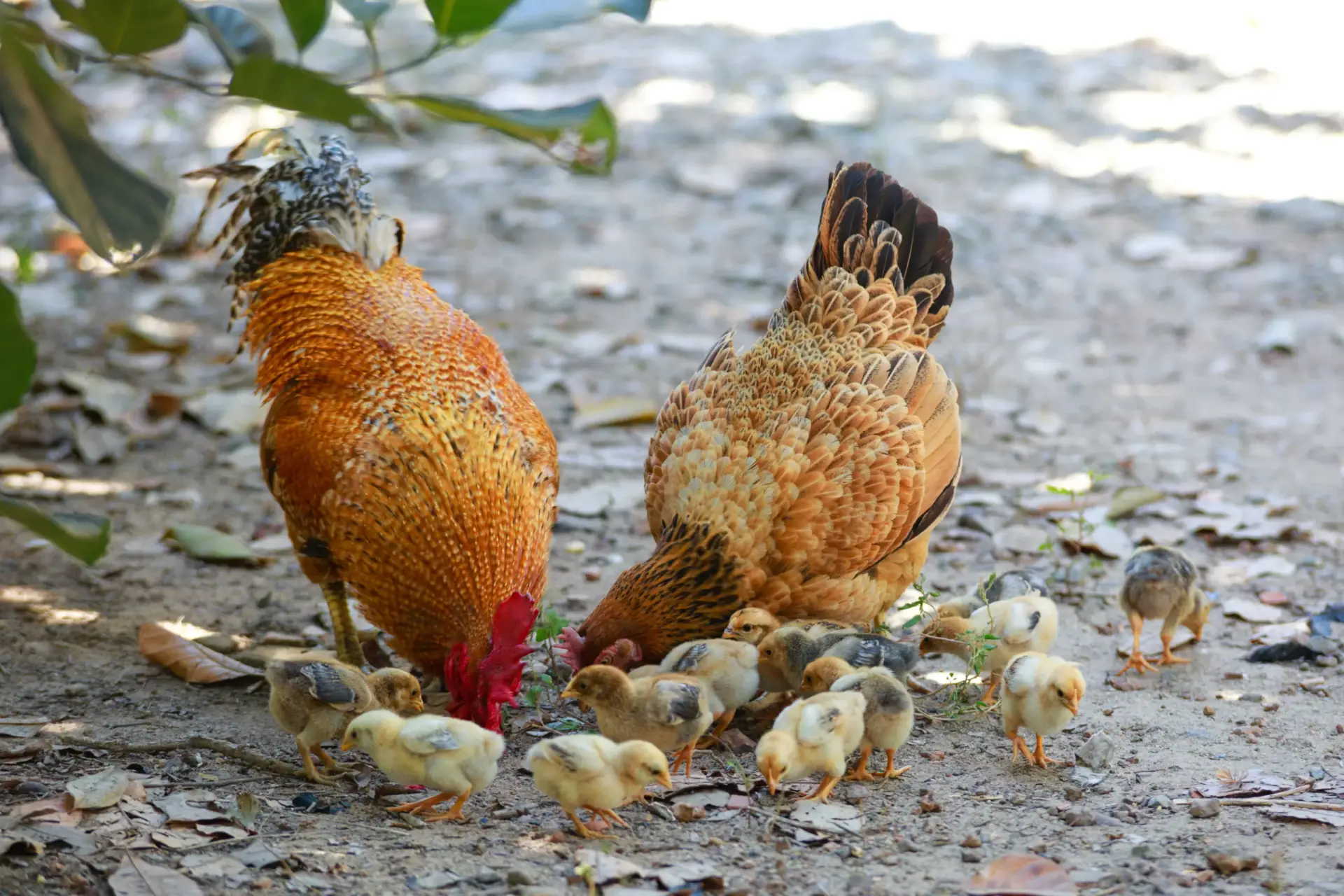
Demystifying Ameraucanas & Easter Eggers: Cracking the Colorful Eggshell Code
As the world of backyard chicken keeping continues to grow in popularity, so does the fascination with the wide array of chicken breeds available. Among the most captivating are Easter Eggers and Ameraucanas, each boasting their unique charm and colorful eggs. However, navigating the distinctions between these breeds can be as tricky as unscrambling an egg. In this article, we’re here to set the record straight and shed light on the common misconceptions and misunderstandings surrounding these feathered friends. Whether you’re a seasoned poultry enthusiast or just dipping your toes into the world of chicken keeping, get ready to unravel the secrets behind these sought-after breeds.
Unlocking the Origins: Araucana Chickens
While it might raise an eyebrow to begin an exploration of Ameraucanas and Easter Eggers with the Araucana breed, understanding the Ameraucana’s evolution requires tracing its lineage back to this fascinating origin. In 1925, Chile introduced the Araucana breed to the United States. These inaugural imports from the Araucania region featured distinctive ear tufts, a rumpless appearance, and eggs with captivating pale blue hues. Today, the Araucana remains a rarity in the US due to breeding challenges like rumplessness affecting fertility and lethal genes linked to the striking ear tufts. These initial Araucana imports were a blend of breeds, yielding diverse traits that lacked breed-defining uniformity. Over time, American poultry breeders successfully standardized the Araucana as a tufted, rumpless breed renowned for its blue eggs. This endeavor earned it a place in the American Standard of Perfection, endorsed by the Araucana Club of America. The Araucana’s journey, often overlooked, provides essential insights into the Ameraucana’s story.
Ameraucanas Unveiled: Peeling Back the Layers of Colorful Eggshell Mysteries
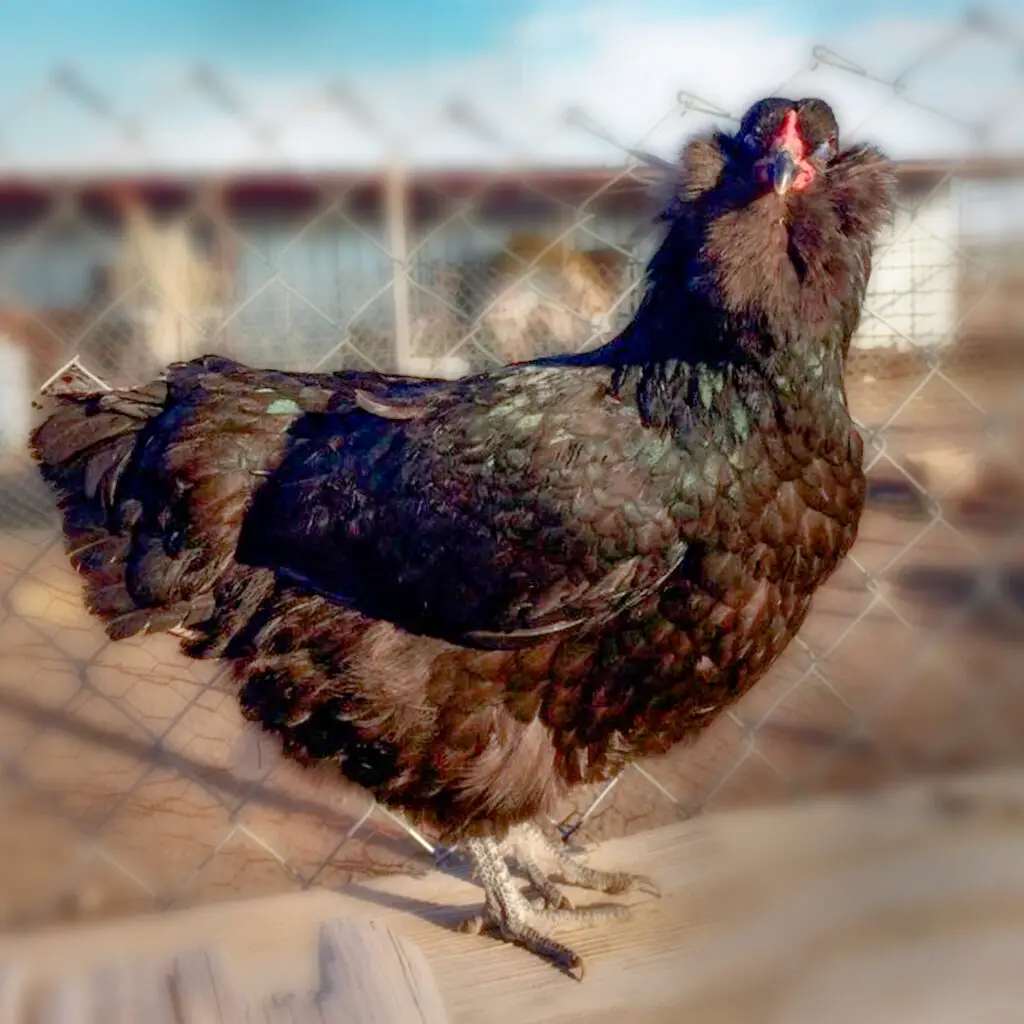
The narrative surrounding the Ameraucana breed’s history is an intricately woven tapestry, occasionally punctuated by fervent debates. In essence, within the ranks of early Araucana breeders, a subset of blue egg chickens stood out for their distinctive attributes: tails, complemented by beards and muffs. These specific birds, notable for their absence of the problematic lethal tufted gene, garnered the attention of dedicated poultry enthusiasts who undertook a process of meticulous selective breeding to accentuate these traits, diverging from the tufted and rumpless archetype.
As the Araucana breed’s standard crystallized around the tufted and rumpless characteristics, those who held an affinity for the birds showcasing tails, beards, and muffs found themselves at a crossroads. To differentiate their breed, they coined the term “American Araucana.” Over time, this descriptor evolved into the succinct “Ameraucana,” signaling the establishment of a unique lineage. Significantly, the Ameraucana breed distinguishes itself as one of the few chicken breeds celebrated for laying captivating blue eggs. Parallel to its Araucana precursor, it shares striking parallels such as the signature pea comb and the coveted blue egg gene. Setting it apart, the Ameraucana proudly exhibits an array of features, including a graceful tail, charming muffs, and a distinctive beard. While the Araucana boasts ear tufts and a rumpless stature, the Ameraucana strides forth with its own distinctive attributes. Sporting small, rounded earlobes and modest to absent wattles, both these features radiate a vivid red hue. The breed’s slate-blue shanks further elevate its appeal, transitioning to a striking black shade in the black plumage variant.
The American Standard of Perfection recognizes an enchanting palette of nine color variations within the Ameraucana breed: black, blue, blue wheaten, brown red, buff, silver, wheaten, white and self blue. At Valley Hatchery, we take pride in offering Black, Blue, and Splash Ameraucanas, each contributing its unique allure to the breed’s rich heritage. An intriguing note to highlight: there’s a quirk in the spelling—there’s no “I” in Ameraucana, a subtle yet telling distinction that separates it from its closely interwoven counterparts. (Below we unveil the realm of Americanas, often entangled within the intricate web of Ameraucana confusion.)
Easter Eggers: A Kaleidoscope of Colors and Curious Crossings
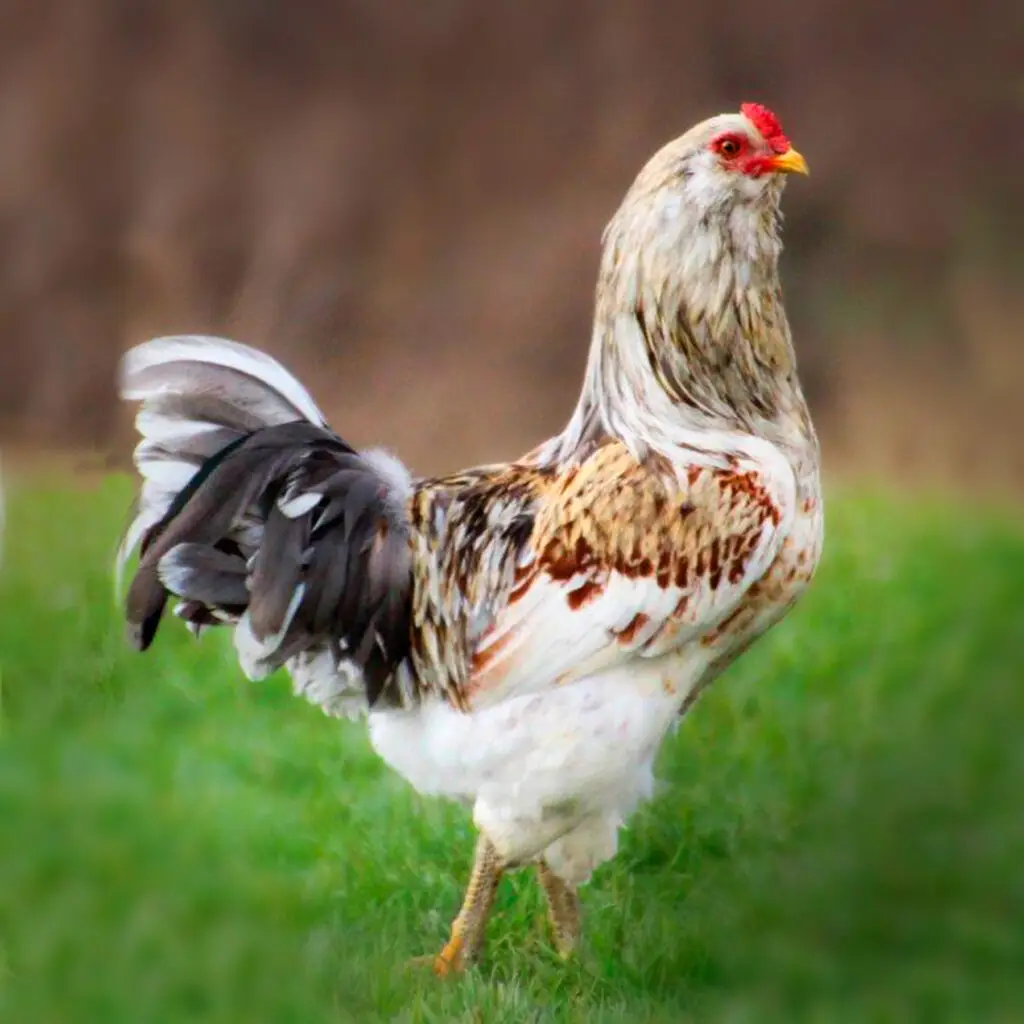
Unveiling the allure of Easter Eggers reveals a fascinating hybrid breed that boasts a hint of Ameraucana heritage, yet diverges in various striking ways. Unlike the Ameraucana’s defined and uniform appearance, Easter Eggers come in a captivating array of colors and characteristics. Breeders embark on a journey of crossing Ameraucanas with an eclectic array of other breeds, with a particular focus on diversifying not only eggshell colors but also color patterns and physical appearances.
This deliberate intermingling has led to the emergence of multiple generations of Easter Eggers, each generation further enhancing the variety within their lineage. The fruitful outcomes of these purposeful crossings are beautifully evident in the eggs they lay—a kaleidoscope of colors, reflecting the spectrum of their lineage. From multi-hued eggs to an astonishing variety of physical appearances, Easter Eggers embody the artistry of selective breeding. These enigmatic birds often intrigue with the promise of eggs featuring a pastel rainbow of hues, encompassing shades from greenish blue to pinkish, brown to pale yellow, and even hints of gray or white. Notably, the rainbow effect emerges not from a single hen but from a medley of eggs laid by a diverse group of Easter Egger hens. It’s worth noting that not all Easter Egger producers breed for identical traits, adding an extra layer of uniqueness to each individual bird. While Easter Eggers may not adhere to the constraints of standardization, their presence remains a joyous addition, bringing with them a diverse range of eggshell colors and a touch of unpredictability to your coop.
Americanas: Untangling the Web of Confusion
Beware of the marketing ploys that attempt to blur the lines between Easter Eggers and their counterparts. Spellings like Americanas or Americaunas, are tactics often intended to mislead buyers into believing they’re acquiring true Ameraucanas when in fact they are Easter Eggers. At Valley Hatchery, transparency is paramount. We proudly offer both genuine Ameraucanas and Easter Eggers, ensuring you know exactly what you’re welcoming into your flock. Despite their lack of standardized breed status, Easter Eggers exhibit a delightful spectrum of conformations and plumage colors, creating a vivid variety within the chicken world.
Unveiling the Unique: Olive Eggers and the Captivating Hues They Lay
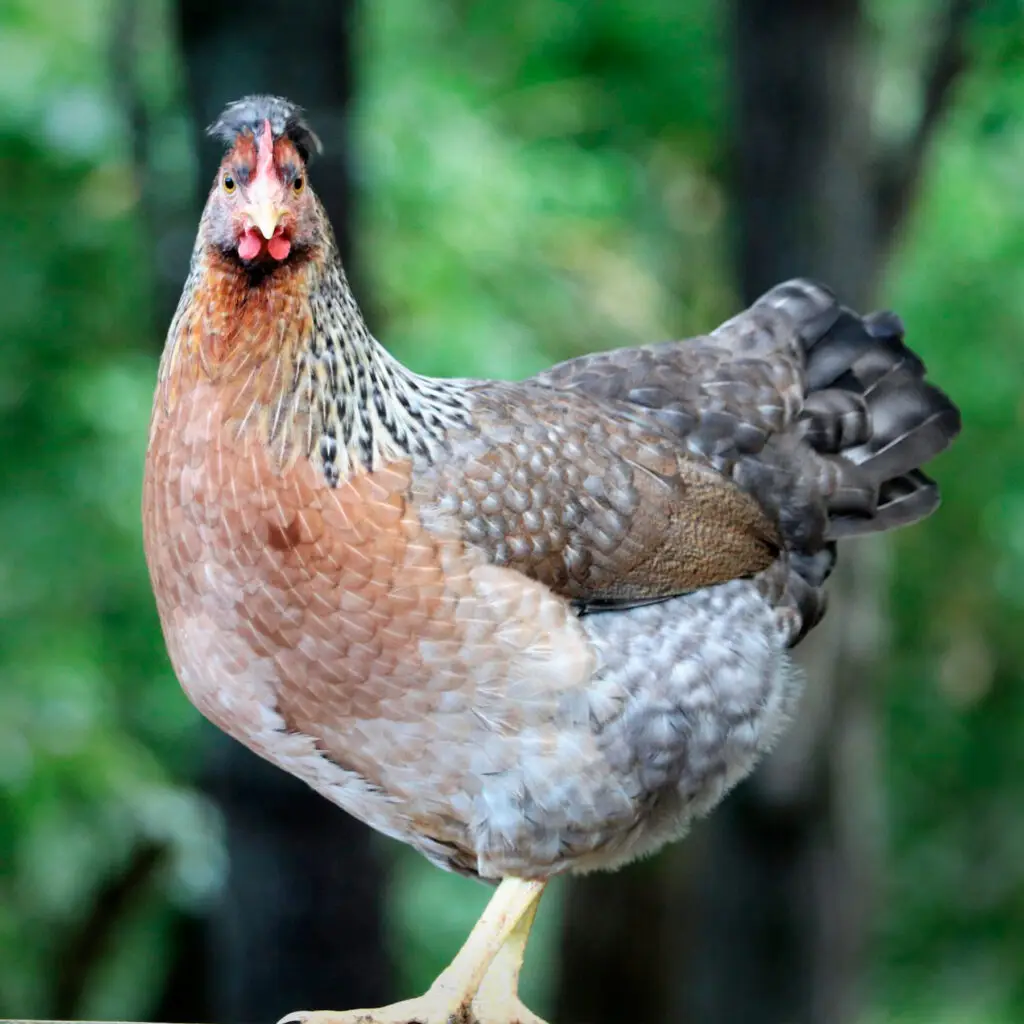
As our journey through the vibrant world of chicken breeds draws to a close, we’d be remiss not to cast a spotlight on Olive Eggers—an intriguing variety that finds its place right here at Valley Hatchery. Olive Eggers, often grouped alongside Easter Eggers, hold a distinct position that’s worthy of exploration. While the intricacies of Olive Eggers may not be the core focus, their presence adds a fascinating layer to the tapestry of diversity. Olive Eggers, unlike their counterparts, are a hybrid breed with a distinct lineage.
Their creation involves a meticulous process: beginning with any breed that lays blue eggs with blue shells (not limited to Ameraucanas), breeders then cross it with a breed that lays eggs with brown shells. It’s essential to note that blue eggshells possess blue pigmentation throughout, while brown shells carry pigmentation only on the surface. From these selective crossings, the first-generation chicks come to life as Olive Eggers, presenting a unique trait. These remarkable hens lay eggs that showcase an overlay of brown pigment on a blue shell, resulting in the mesmerizing hue of olive green. Back in 1948, a National Geographic article aptly described Olive Egger eggs as resembling a creation tailored for the United States Army—a testament to their distinctive appearance and captivating allure.
Closing the Coop: Navigating Poultry Mysteries
In the captivating world of backyard chicken keeping, where the fascination for diverse breeds continues to thrive, the enigmatic journey through Ameraucanas, Easter Eggers, and their lesser-known counterparts has illuminated the intricacies of the poultry universe. As the curtain falls on our exploration, the kaleidoscope of feathered personalities and eggshell hues invites both seasoned enthusiasts and newcomers alike to embrace the vibrant variety these breeds offer. From the mysterious origins of Araucanas to the intricate narratives of Ameraucanas and Easter Eggers, we’ve shattered myths, clarified distinctions, and celebrated the essence of each breed. As you embark on your own journey in chicken keeping, may the wisdom gained from unraveling these articles guide your choices and kindle a newfound appreciation for the remarkable diversity that defines this delightful realm.
Share:
Santino
Blog Categories
Social Media
Most Popular

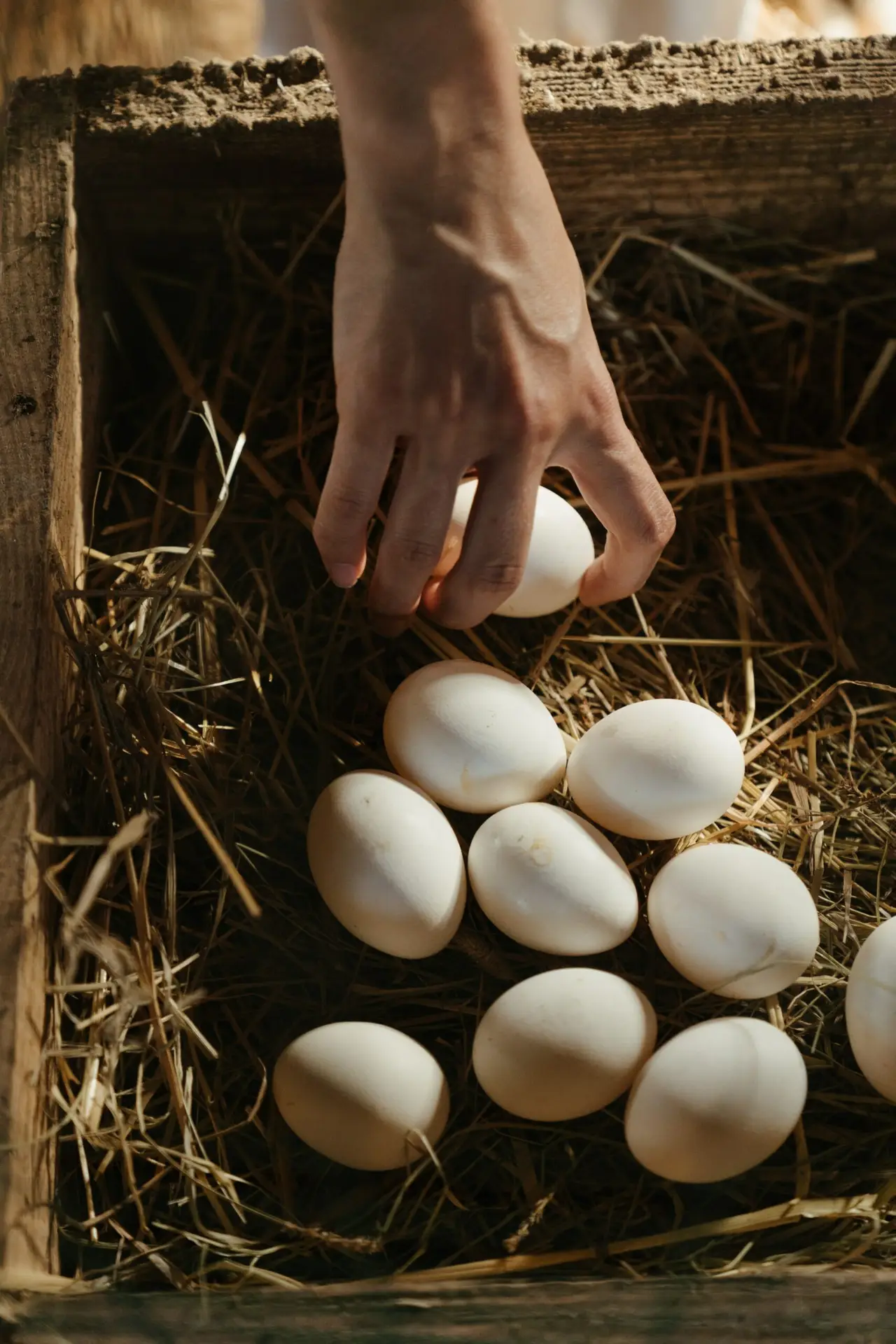
Quick Tips: Addressing Egg Laying Concerns
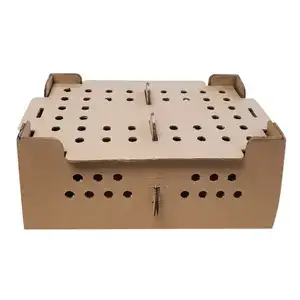
Tips for Chick Season
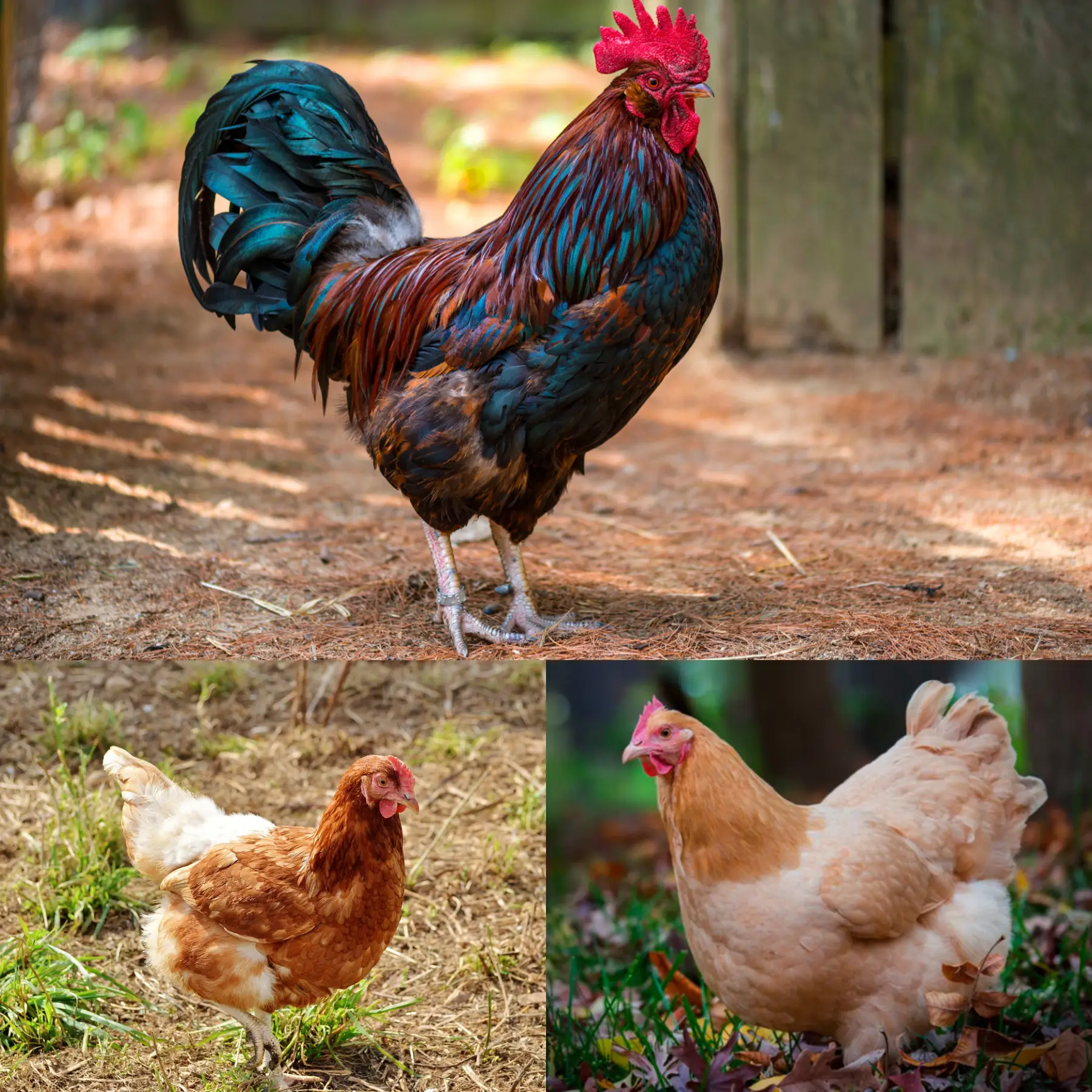
Quick Tips: Hen or Rooster?
Subscribe To Our Newsletter
Get notifications only about new products and updates.
Related Posts

Integrating New Chicks into Your Established Flock
Integrating new chicks to an established flock of chickens can be a delicate process. For many poultry keepers, the integration is crucial to maintaining peace

Quick Tips: Addressing Egg Laying Concerns
Not Getting Eggs from Your Hens? Here’s What You Need to Know! Are your hens taking their sweet time before they start laying eggs, or

Tips for Chick Season
Hey there, chicken enthusiasts! Are you ready for the upcoming chick season at Valley Hatchery? Let us share some tips to make sure your season

Quick Tips: Hen or Rooster?
Image Source: Grubbly Farms If you’ve found your way here, you’re likely in that common situation of scratching your head and wondering, “Is my chicken


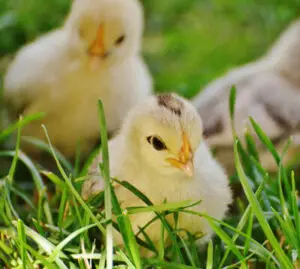
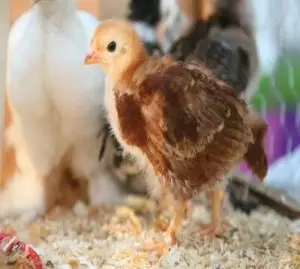


4 thoughts on “Demystifying Ameraucanas & Easter Eggers: Cracking the Colorful Eggshell Code”
If I ordered Easter eggers, would they all look alike? What is the minimum?
We have a minimum order of 3. Easter Eggers are actually quite diverse in appearance! They are not a standardized breed, so they can come in a wide variety of colors and patterns. Their egg colors can also range from blue to green, and sometimes even pink or brown. Each Easter Egger chicken can have its own unique look, which is part of what makes them so popular and interesting to raise.
If you order an assortment of chicks, will the shipment contain identification of what breed of chicks you received
If you order multiple specific varieties and some look similar, we do our best to mark them for identification. However, for specials, we do not mark or notate the breeds sent.